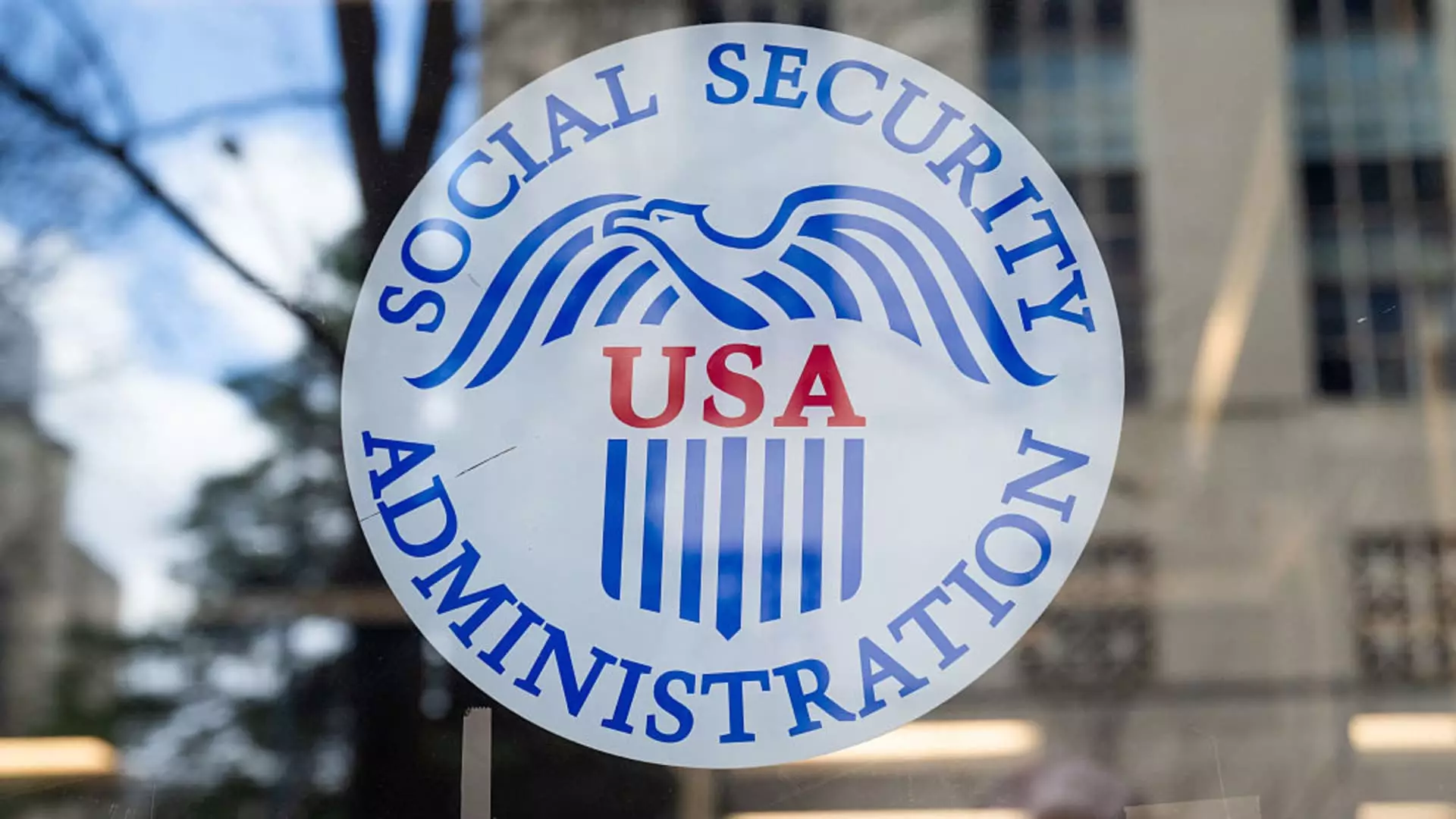The Social Security Administration (SSA) currently finds itself amid a turbulent evolution driven by the Trump administration’s so-called Department of Government Efficiency (DOGE). While proponents of efficiency often highlight the necessity of modernization, the approach this administration has taken raises significant alarm within the social safety net sector. As cuts trim workforce numbers by thousands and regional offices close their doors, the feasibility of ensuring uninterrupted benefits for vulnerable populations becomes increasingly questionable. The prioritization of administrative restructuring over the fundamental needs of beneficiaries suggests a misalignment of goals, igniting fears that access to critical resources could dwindle just when citizens need them most.
The Illusion of Efficiency
Efficiency is a term thrown around liberally in political discourse—often to mask the harsh realities that come with budgetary cuts and personnel reductions. The Trump administration’s insistence on a leaner SSA translates into fewer personnel to assist millions of beneficiaries, a move that experts deem dangerously misguided. A considerable backlog of applications already plagues the SSA, alongside systemic technological issues that have rendered online services tedious and unrealized. By slashing staff and closing offices, the administration risks transforming minor inconveniences into catastrophic roadblocks for those seeking disability or retirement benefits. This is particularly concerning for individuals with disabilities who rely on timely assistance for survival—we could very well witness beneficiaries dying before they can claim their due support.
Technological Turmoil
The push to modernize the SSA’s systems, while a noble endeavor in theory, is being enacted recklessly. Reports have emerged suggesting that DOGE plans to transfer “tens of millions of lines of code” in a programming language—COBOL—which has been notoriously problematic in the technology arena. The sheer ambition of completing this monumental task within a matter of months sends chills down the spines of experts like Jason Fichtner, a former SSA deputy commissioner. The prudent approach to software upgrades typically encompasses extensive phased testing to uncover bugs and hiccups before broad implementation. Instead, the planned rapid transition threatens to destabilize the benefits distribution process, a risk that can only be labeled reckless.
Simultaneously, the White House and SSA spokespeople, maintaining a façade of normalcy, have denied the validity of concerns raised by credible experts. This tendency to dismiss legitimate worries rather than confront them is profoundly troubling, primarily as it illustrates a disconnect between those crafting policy directives and the real-world implications of their decisions.
A Misguided Focus
Another critical aspect of this efficiency overhaul is its misdirected focus on administrative fraud. While rooting out fraud is undoubtedly vital, the magnitude of the problem does not seem to warrant the drastic measures being enacted. The depletion of Social Security trust funds by 2033 is projected to create a scenario where benefits can only be paid at reduced levels—yet here we are, nitpicking at the fringes instead of looking at sustainable reform strategies. This myopic vision not only distracts from impending issues but could also jeopardize the capacity for meaningful, constructive reforms Congress must undertake to avert the looming crisis.
As experts like Romina Boccia of the Cato Institute point out, the current erratic actions could undermine efforts to implement essential reforms. Rather than addressing the structural deficiencies within the program, the administration seems fixated on superficial governance. The looming depletion of trust funds—now compounded by recent legislative changes providing more generous benefits to specific pensioners—exemplifies that the focus on administrative revamping has become detrimental to the heart of Social Security itself.
Where Do We Go From Here?
We are left grappling with the significant potential fallout. The Social Security Administration, traditionally a bulwark for American citizens, now stands precariously on the brink of chaos. The nexus of an irrational push for efficiency and the relentless need for security feels like a high-stakes gamble with the livelihoods of millions. How can we trust an administration that seems less interested in servicing its citizens and more concerned with clamping down on imaginary waste?
This situation has forced a critical reassessment of priorities. This collective crisis moment demands that we, as a society, advocate for a responsible and humane approach to governing vital programs like Social Security. Ensuring their stability is essential not only for beneficiaries but also for the societal fabric that supports them. Society must remain vigilant and engaged, calling upon our leaders to safeguard essential services rather than dismantle them under the guise of efficiency. The futures of millions hang in balance, and the stakes have never been higher.

